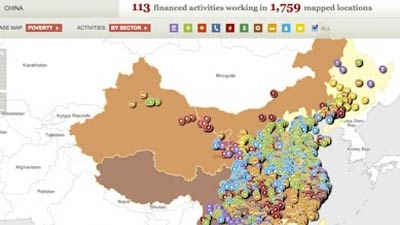Challenge
China had about 60 million MSEs, or 99 percent of the total number of enterprises. MSEs had great potential to contribute to GDP growth and job creation. However, one major obstacle for MSE growth was lack of finance. In 2005, almost no banks in China lent to MSEs. Lending interest rates were controlled so that banks were not allowed to set higher rates to cover the associated costs and risks. Consequently few banks believed that lending to MSEs could be commercially sustainable. Nor did banks have the capacity and skills such as the credit risk assessment skill required, even if they wanted to lend to MSEs.
Recognizing the essential role of MSEs in the economy, the Chinese government had tried different ways to promote MSE finance, including fiscal subsidies, preferential tax treatments, risk compensation funds and credit guarantee schemes. Yet all these measures failed to achieve the desired sustainability and outreach.
Solution
The World Bank has been working with the Chinese government to promote MSE and rural financing since 2003, by adopting a strategy which combined policy dialogues to catalyze policy reforms and regulatory changes with financial and technical support to unleash commercially-oriented MSE lending by financial institutions.
To demonstrate that MSE lending can be sustainable, the World Bank joined hands with KfW, Germany’s development bank, to provide financial and technical support to the China Development Bank (CDB) to lend loans to MSEs through participating banks. 12 banks were selected to participate in the project, and support was provided to develop their institutional capacity, systems, human resources and risk management skills to effectively engage in MSE lending. MSE lending technologies that had been developed and validated in some Eastern European and Central Asian transition economies were introduced. The objective was to lay a foundation for progressive, nationwide scaling-up of commercially-sustainable MSE financing services.
